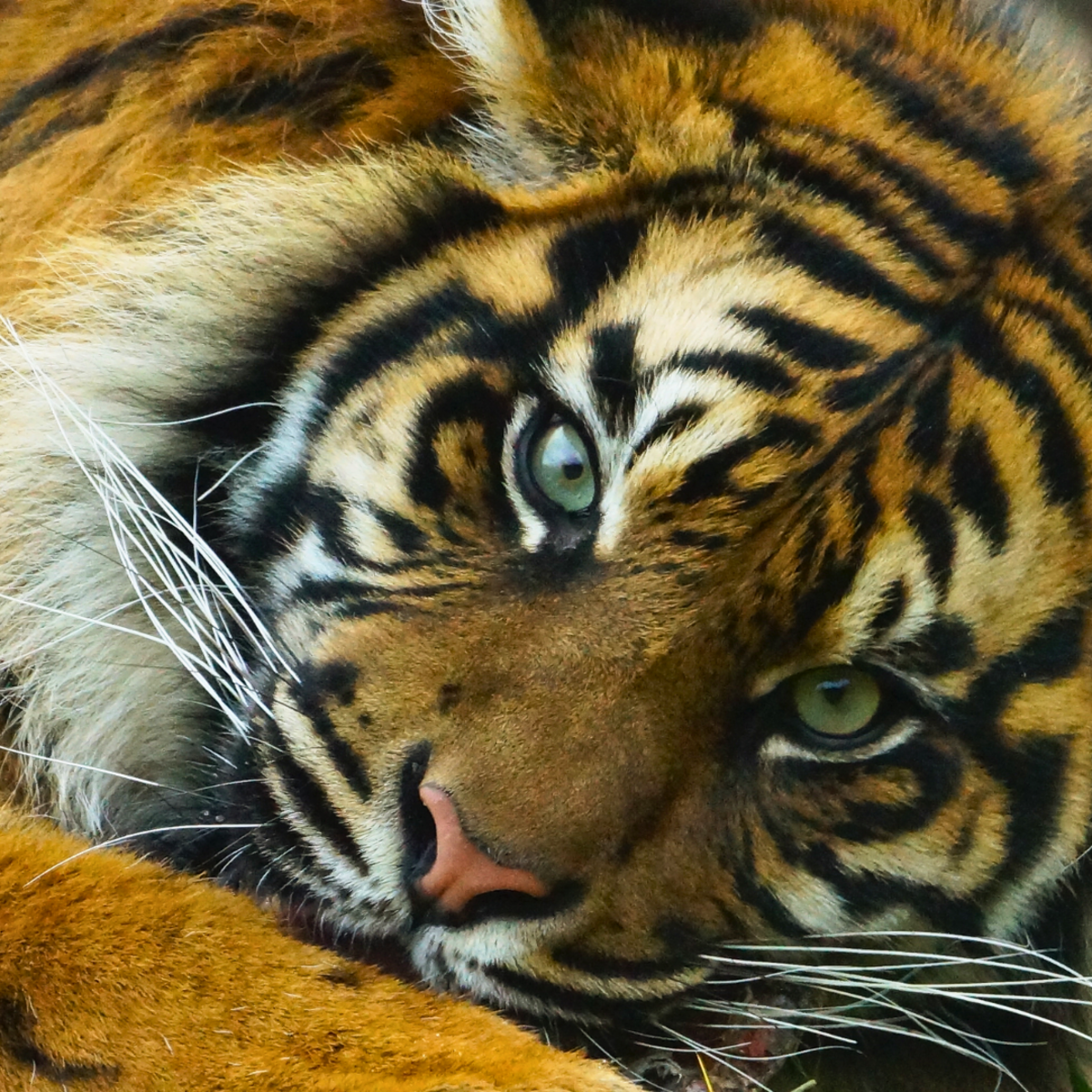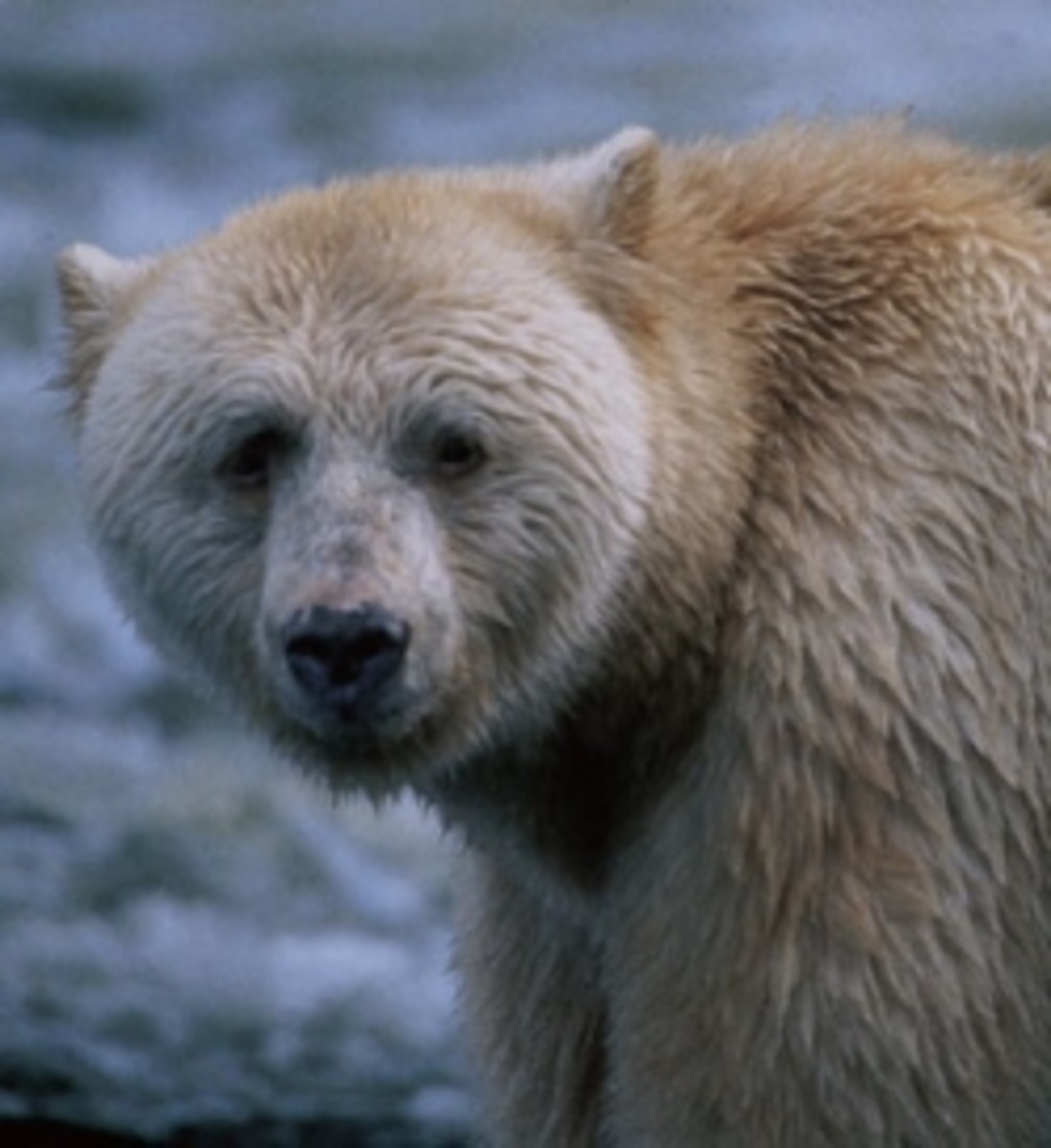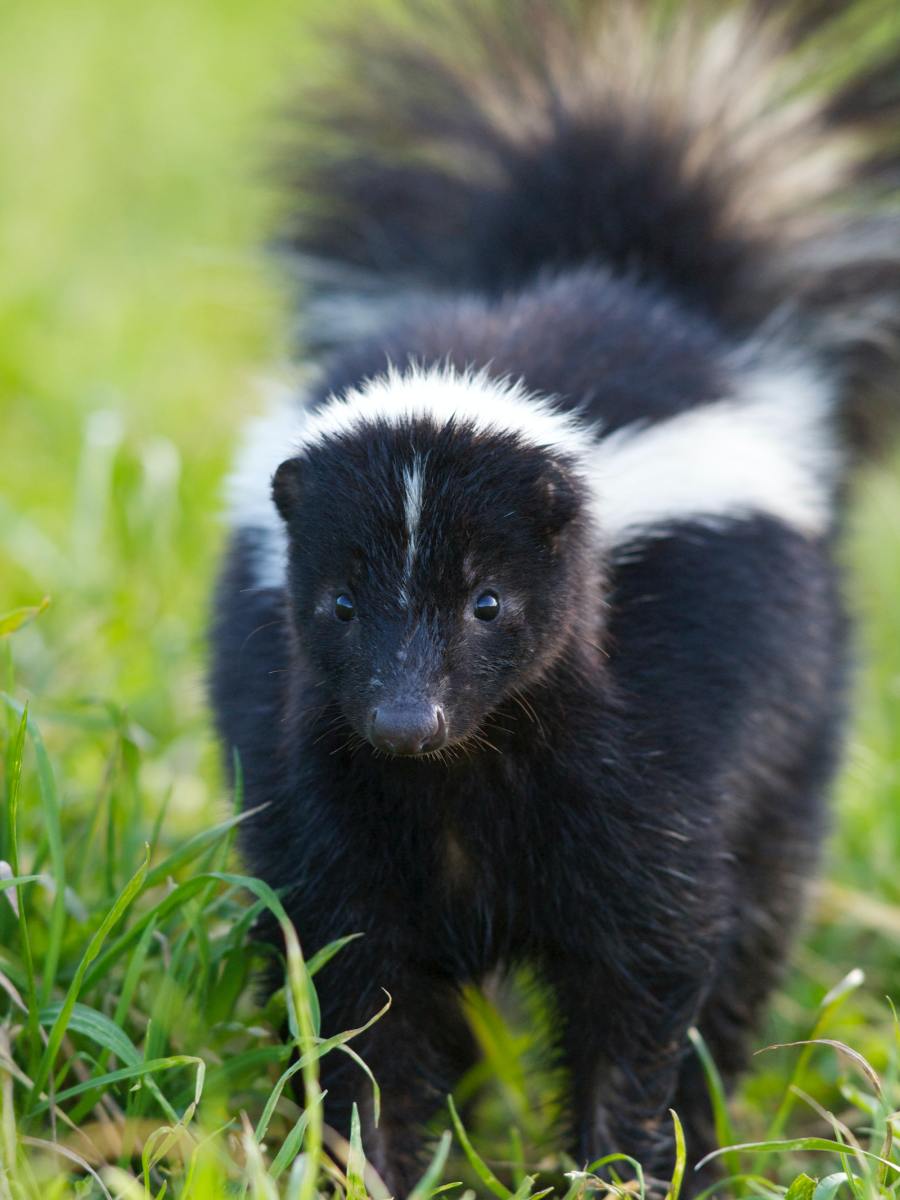Wildlife- Need to protect them

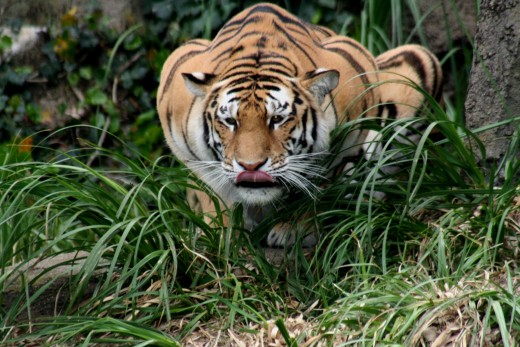
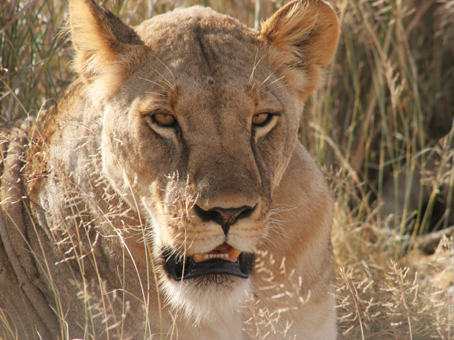
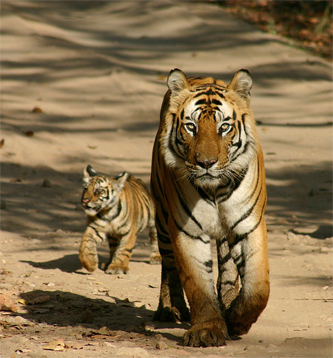
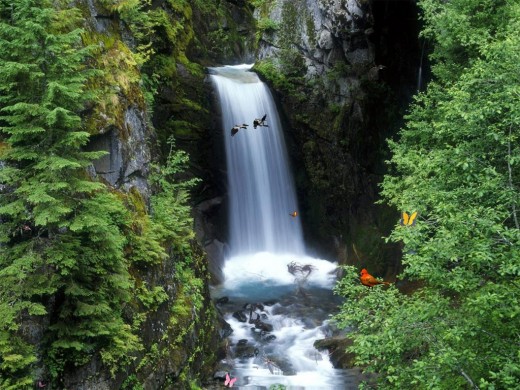
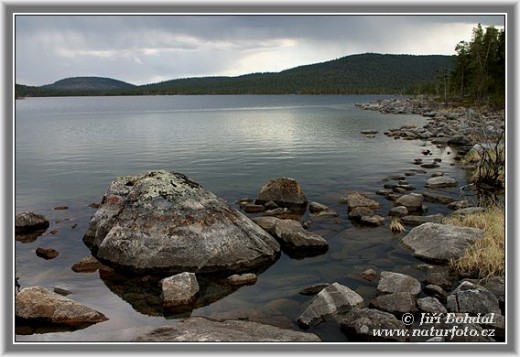
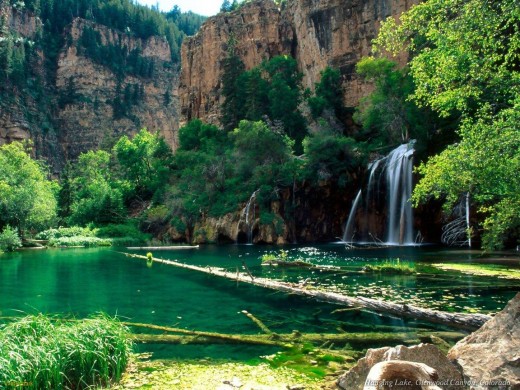

In this beautiful planet "EARTH", it is the
duty of the human to maintain the ecosystem. But this does not give the
power to rule over other living beings. We all know that, living beings are
composed of living matters and these are sensitive. For example, we are
sensitive to touch, we can smell, distinguish colors. Just think about this. No
one in this world like to suffer the pain. It is also the case of animals and
other living creatures. They all need to stay alive and have to taste the
"FREEDOM". If we are put in a cage, and do not have freedom, what will be
our feeling. We will be surely pained. This is same to all living creatures.
They also suffer pain,in some situations they are suffered more what we
suffer.
So all the living creatures are to be looked and
carefully maintained. This is the duty of the Humans. Humans are special
creatures. They can think, have more complex body design, have four
hampered heart, can speak, can cry out when pained, may have revenge
etc.. Human brain is the most powerful weapon. The technology, which is
brought up by human brain, should also work for other living creatures.
Hunting, poaching etc. reduced the number of animals. Some are extincted
due to human activities. Over 81,000 species of fauna and 47,000 species of
flora are found in India so far. Of the estimated 47,000 plant species, about
15,000 flowering species are endemic to India. Some estimates suggest that
at least 10 per cent of India's recorded wild flora and 20 per cent of its
mammals are on the threatened list. Some of them are Cheetah, pink-headed
duck, mountain quail, forest spotted owlet and plants like madhuca insignis
and hubbardia heptaneuron.
This beautiful planet should be protected. The species
which are at verge of extinction should be carefully preserved and the
deforestation level should be reduced to some extent. Let us have a look at
these problems about this.
Save Animals and Wild creatures
Building National sanctuaries, Wildlife Conservation
Parks and small parks are good responses to this evil issue. But to ensure a
good healthy ecosystem, some other factors are also need to be over-looked.
First of all, The officials should ensure that proper sanitation is made for the
animals. Many Wildlife sanctuaries and other Parks fail in this. Anyway, this
is the base of any Parks. Proper food has to be given to the animals. And also
they need to ensure that healthy food is given. Another thing is that, when
this food is given. If they are given at proper intervals, the animals will feel
good and will be active. If the respective officials fail in this, the animals will
be haunted by deadly diseases, because for any creature it is necessary to
consume food to be well. Think when we do not eat food for 1 day. Our
health level will be decreased and the immunity will also be reduced. This is
same to animals also. Further, if no healthy food is provided, the organs will
be attacked by micro-organisms easily as in the case of human. In a zoo,for
example, there will be a flow of people. If the animals are attacked by the
diseases, surely these will be also affected in human. The cages which the
animals are kept should be kept clean as sometimes the people will catch
these cages or they will just touch. The cages should be anodized so that
corrosion will not take place. If the cages are corroded, they should be
cleaned at any cost. The life of the people should also be safeguarded. The
cages of the animals should be locked tightly.
These are good responses but how we can ensure
FREEDOM for these innocent creatures. National Sanctuaries ensure
protection to these animals but some of the greedy natured people try to
haunt the animals for their well-being. Generally, these national sanctuaries
are in large area and to safeguard the entire place, it will be too difficult and
dangerous. So caring some areas cannot be overlooked. In case of protected
forests, the animals ensure freedom but not protection. In this ecosystem one
should depend upon other animals for their survival only. This is the only
common habit for these animals. Food is necessary. The food should be in
taken to carry out various inter cellular functions. If they failed in this
process, they would die. So those animals which belong to these kind of
forests should be able to get preys. These preys are those animals which
belong to these forests. This dependence of animals in the ecosystem is
necessary for the ecological balance. Generally this ecosystem is comprised
of various tropic levels. The plants are the primary producers of energy. This
is consumed by various animals. Then comes the omnivores and the
herbivores animals. So this inter-linked relationship between animals in this
FOOD CHAIN is very necessary for the good of the ecosystem. If plants are
numbered low, the primary consumers will get low energy. In a food chain,
moving from previous to successive levels, the energy that gets for each
successive levels will be get reduced. We, the humans occupy the top
position of the food chain thus get low energy. So if we do not conserve
forest and wildlife the energy that we get will be lessened.
The next problem is that of the oxygen intake. The
trees are the group which give out oxygen. Think, if the number is reduced.
The trees also help in bringing rain. So reducing in their number shows of
increasing the global temperature and ecological instability. We need to
protect these trees. But people all are forgetting these kind of basic concepts.
Our mind all are consumed in the necessity of profits. Cutting of trees is
necessary but with this phenomenon there should be afforestation. Not only
deforestation should be fostered, but afforestation should be also . With
cutting of trees, there should be planting of trees. If these living beings are
not protected then the stability of humans will be also in danger. All the
living beings in this ecosystem are mutually dependable. So, we should try
our level best to conserve our wildlife and forest for our and common good.
The future is in our hand. Once done, it is difficult to undo. Now we have
to take initiative. This type of doings should be terminated
immediately. Save our Earth. That should be our agenda.
Many communities still are engaged in the
wildlife protection. Those living in the forest areas take care of their
habitat. They will not do anything bad to the forest, except little
deforestation. But often the government officials are trying to get rid
of them from these places. Then they will be involved in the
deforestation system. Many communities still worship some animals
and consider them as followers of their God. The tribal people
depend upon forest produce. If they are barred in entering these
forests, their habitat would be destroyed.
Time for Tiger protection
According to a new World Wildlife study published
in the journal' Climatic Change',one of the world’s largest tiger populations
would be disappeared by the end of this century because of rising sea levels
caused due to the climate change which leads into the destruction destroy
their habitat along the coast of Bangladesh in an area known as the
Sundarbans. Latest studies show that only only 3,200 tigers are alive in the
wild and they are placed in the threatened list. WWF officials suggest that
the facing threats of these species should be focused and the need for urgent
international action to reduce greenhouse gas emissions. “If we don’t take
steps to address the impacts of climate change on the Sundarbans, the only
way its tigers will survive this century is with scuba gear,” said Colby
Loucks, WW F's deputy director of conservation science and the lead author
of the study. "Tigers are a highly adaptable species. The expected sea level
rise in the Sundarbans will result in the outpace of the ability of the tiger to
adapt. According to the study, an expected sea level rise of 11 inches above
2000 levels may cause the remaining tiger habitat in the Sundarbans to
decline by 96 percent, pushing the total population to fewer than 20 breeding
tigers. Think of the situation!
If an immediate action is not taken, the wildlife and
the natural resources that sustain millions of people may disappear within 50
to 90 years in the Sundarbans. “The mangrove forest of the Bengal tiger now
joins the sea-ice of the polar bear as one of the habitats most immediately
threatened as global temperatures rise during the course of this century,” said
Keya Chatterjee, acting director of WW F's climate change program.
To avert an ecological catastrophe on a much larger
scale, we ought to reduce greenhouse gas emissions and to be prepared for
the impacts of climatic change. In 2010, as the Chinese Year of the Tiger, US
has no better time to pass domestic climate legislation and to reach an
effective international agreement. The Sundarbans is a UNESCO World
Heritage Site ,shared by India and Bangladesh at the opening of the Ganges
River and is the world’s largest single block of mangrove forest. Mangroves
are found at the inter-tidal region between land and sea and not only help in
breeding grounds for fish but to help to protect coastal regions from natural
disasters such as cyclones, storm surges and wind damage. Providing the
habitat for between 250 and 400 tigers, the Sundarbans is also home to more
than 50 reptile species, 120 commercial fish species, 300 bird species and 45
mammal species. While their exact numbers are unclear, the tigers living in
the Sundarbans of India and Bangladesh may represent as many as 10 percent
of all the remaining wild tigers on Earth. Using the rates of sea level rise
projected by the Intergovernmental Panel on Climate Change in its Fourth
Assessment Report (2007), the study authors said an 11-inch sea level rise
may be realized around 2070, at which point tigers will be unlikely to survive
in the Sundarbans. However, recent research suggests that the seas may rise
even more swiftly than what was predicted in the 2007 IPCC assessment.
In addition to climate change, the Sundarbans
tigers, like other tiger populations around the world already face tremendous
threats from poaching and habitat loss. Tiger ranges have decreased by 40
percent over the past decade, and tigers today occupy less than seven percent
of their original range. Scientists fear that accelerating deforestation and
rampant poaching could push some tiger populations to the same fate as their
now-extinct Javan and Balinese relatives in other parts of Asia. Tigers are
poached for their highly prized skins and body parts, which are used in
traditional Chinese medicine. The 2010
Year of the Tiger
will mark an
important year for conservation efforts to save wild tigers, with WWF
continuing to play a vital role in implementing bold new strategies to save
this magnificent Asian big cat.
Recommendations in the study include:
•
Locally, governments and natural resource managers should take
immediate steps to conserve and expand mangroves while preventing
poaching and retaliatory killing of tigers.
•
Regionally, neighboring countries should increase sediment delivery
and freshwater flows to the coastal region to support agriculture and
replenishment of the land;
•
Globally, governments should take stronger action to limit greenhouse
gas emissions;
•
“It’s disheartening to imagine that the Sundarbans – which means
‘beautiful forest’ in Bengali – could be gone this century, along with its
tigers,” Locks said. “We very much hope that in this, the
Year of the
Tiger,
the world will focus on curtailing the immediate threats to these
magnificent creatures and preparing for the long-term impacts of
climate change.”
Lion- the gorgeous animal
The lion (Panthera leo) is one of the four big cats in the
genus Panthera and member of the family Felidae. Wild lions currently exist
in Sub-Saharan Africa and in Asia with a critically endangered remnant
population in Gir forest in India, having disappeared from North Africa and
Southwest Asia in historic times. Until the late Pleistocene, about 10,000
years ago, the lion was the most widespread large land mammal after
humans. They were found in most of Africa, much of Eurasia from western
Europe to India, and in the Americas from the Yukon to Peru.
Lions live for ten to fourteen years in the wild, while in captivity they can
live longer than twenty years. In the wild, males seldom live longer than ten
years, as injuries sustained from continual fighting with rival males greatly
reduce their longevity. They typically inhabit savanna and grassland,
although they may take to bush and forest. Lions are unusually social
compared to other cats. A pride of lions consists of related females and
offspring and a small number of adult males. Groups of female lions typically
hunt together, preying mostly on large ungulates. Lions are apex and
keystone predators, although they scavenge as opportunity allows. While
lions do not typically hunt humans selectively, some have been known to
seek human prey.
The lion is a vulnerable species, having seen a possibly irreversible
population decline of thirty to fifty percent over the past two decades in its
African range. Lion populations are untenable outside of designated reserves
and national parks. Although the cause of the decline is not fully understood,
habitat loss and conflicts with humans are currently the greatest causes of
concern. Lions have been kept in menageries since Roman times and have
been a key species sought for exhibition in zoos the world over since the late
eighteenth century. Zoos are cooperating worldwide in breeding programs for
the endangered Asiatic subspecies.
Visually, the male lion is highly distinctive and is easily recognized by its
mane. The face of the male lion is the widely recognized animal symbol in
human culture and tradition. Depictions have existed from the Upper
Paleolithic period, with carvings and paintings from the Lascaux and Chauvet
Caves, through virtually all ancient and medieval cultures where they
historically occurred. It has been extensively depicted in literature, in
sculptures, in paintings, on national flags, and in contemporary films and
literature.
Forest and conservation
For the survival of human beings, a smooth approach is essential, to be
adopted as regards protection of the plant kingdom as well as the wildlife
with regard to the peaceful and mutually beneficial co-existence of all.
Conservation of forest is certainly a necessity that requires to be addressed as
a priority.
To prevent ecological imbalance better action plan has to be formulated. In
response of achieving this many legislation have been enacted in India and in
many other countries. At the international level also the world international
organizations are concerned with the coping with the situation worldwide
They have joined hands towards finding a lasting and sustainable solution by
deliberating on the subject in various conventions like that in Rio-De Janeiro
and the latest Doha round of talks. These are truly welcome moves taken by
the world community.
Coming back to India, there are legislations galore to deal with the situation
by way of wildlife protection, forest conservation,environment protection
laws etc. No doubt, the aims and object of such legislations are in tune with
the call of the hour. Forests are being denuded haphazardly. Deforestation in
a rampant manner by various elements has depleted the forest areas forcing
the wild life to lesser domains and as a result of this rampage of human
habitat by wild pachyderms and other animals have become a regular
phenomenon in certain areas.
Forests are being encroached by people who have been displaced from their
original habitat for various reasons like construction of huge electricity
generating dams, ethnic clashes, floods caused by breach of river
embankments and dams etc. Being forced to the wall by making these people
devoid of shelter, at a time when even the United Nations Organization gives
much priority to providing shelter to the homeless, they are compelled to
establish their habitat by waging war with the nature by way of deforestation
and environmental degradation.
The Union of India has passed the Forest (conservation) Act making it
mandatory to obtain prior approval of the Union government for using forest
land for non-forest purposes. Even for cultivation of tea, rubber, spices, and
medicinal plants among others. In this regard, there is bar imposed in Dereservation
of any reserved forests. For grant of any approval for such acts of
using forest areas for non-forest purposes, an Advisory Committee is
constituted under the statute. It thus connotes that with prior approval of the
Central government, forest areas may be utilized for other purposes.
In Assam, India, in the not very remote past, the democratically established
government demolished a great area of human habitation by engaging tuskers
in the name of clearing reserved forest land from encroachment. Ironically
enough, the area has been under human habitation for quite a long span of
time of some decades. Many multi- storied buildings, school buildings,
community halls, prayer halls, libraries and many more established gardens
etc were razed to the ground causing loss of property worth several billions
belonging to the citizens of the welfare state. It is also a point to be noted that
there was no forest as such for about half a century in the area. It was an act
of high handedness on the part of the government for some hidden political
agenda. However, after a huge furore that erupted after the incident, the
eviction operation was stalled in the long run; but the damage was already
done.
By accounting to the incident, it should be asserted that laws are made for the
greatest amount of happiness for the greatest number of people and therefore,
human considerations must receive precedence over everything else. In a
democratic country where welfare of the people is of paramount importance,
the powers that be at the first instance must take recourse to explore the
possibilities for providing protection to the people rather than giving primacy
to preservation of forest over human beings. If human beings are sacrificed
for protection of forest, only forests will remain and human beings will be
extinct. This needs to be kept in mind by all the people .
Thinking about humans is not the real life. Thinking about all living creatures
should be taken in concern. This could be achieved by creating awareness
programs. Students can do this in a variety of ways. The positive attitude
towards forest and wildlife conservation should be achieved. Government
should do this. Severe punishment laws should be implemented against
hunting. The contractors should not be allowed to cut trees in huge amount.
Also tribal people should be allowed to live in the forest areas. By
implementing proper technological and global systems, we can control the
impact of the social evil, produced due to the mis-behavior of the human, can
be terminated to some extent.
You can also search in the following links
1
http://www.wikipedia.com/
2
www.indianetzone.com
3
http://www.merinews.com/article/forest-conservation-and-human-concern
4
http://www.forestresources.cm/
T




